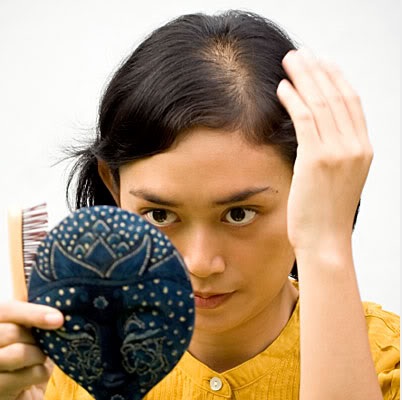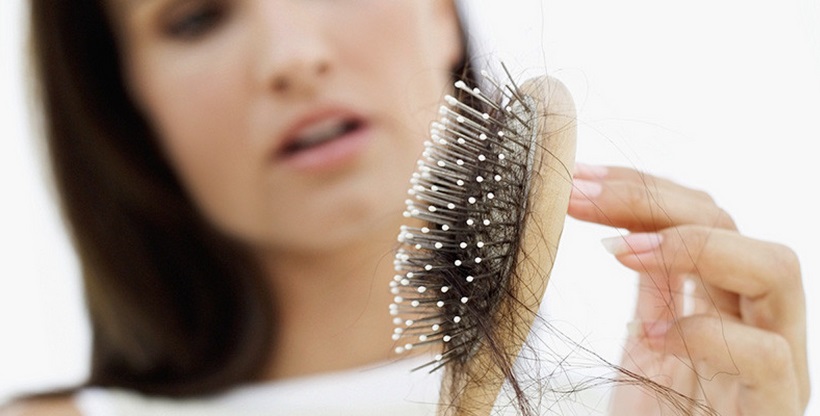The ISHRS also tells us that past the age of 40, 50 percent of women will suffer some degree of pattern hair loss.
Female Pattern Hair Loss: How Does it occur ?
Female pattern hair loss is very different from male pattern hair loss. While the mechanism remains the same—it is caused by the presence of the testosterone metabolite, DHT—the genetic component is not as clear-cut as with men. A young man can look to what clear hereditary associations exist within his family history, but the occurrence of pattern hair loss in women can be random.
In addition, the pattern in which women lose their hair is also different from men. For men, the hairline and temple points tend to recede first, often followed by the mid-front and crown. For women, hair on the top of the scalp begins to show a diffuse thinning. This condition can begin in women as young as teen age, or any time thereafter.
Are there Other Causes of Hair Loss in Women?
Though it is the most common, female pattern hair loss is not the only reason a woman might permanently lose her hair. Non-androgen related hair loss occurs more frequently in women than men. Likewise, women are also more likely to experience temporary hair loss.
Non-androgen related causes of permanent hair loss include:
- Alopecia areata
- Traction alopecia
- Triangular alopecia
- Trichotillomania
Non-androgen related causes of temporary hair loss include:
- Pregnancy
- Stress
- Untreated hypothyroidism
- Telogen effluvium
- Vitamin deficiency (especially iron deficiency, which can lead to anemia)
- Folic acid deficiency
- Lack of sleep
- Medication use
It is normal to lose 50 to 100 hairs per day. If you are a woman who is losing many more than this number of hairs daily, and are concerned about permanent hair loss consult your physician for some or all of the following: a history and physical, blood tests (such as iron and folic acid levels), testing of sex hormones, thyroid function, and basic chemistry. These should ideally be done by a certified dermatologist. Female pattern hair loss is typically treatable once diagnosed.
For information on hair transplant as a permanent solution, sign up for a free online consultation with Dr. Umar.

https://www.youtube.com/watch?v=mYZ1pstvaZk&list=PLHNSPUQnYInL-icJplGtG3L3XKIlx1M-K&index=9

